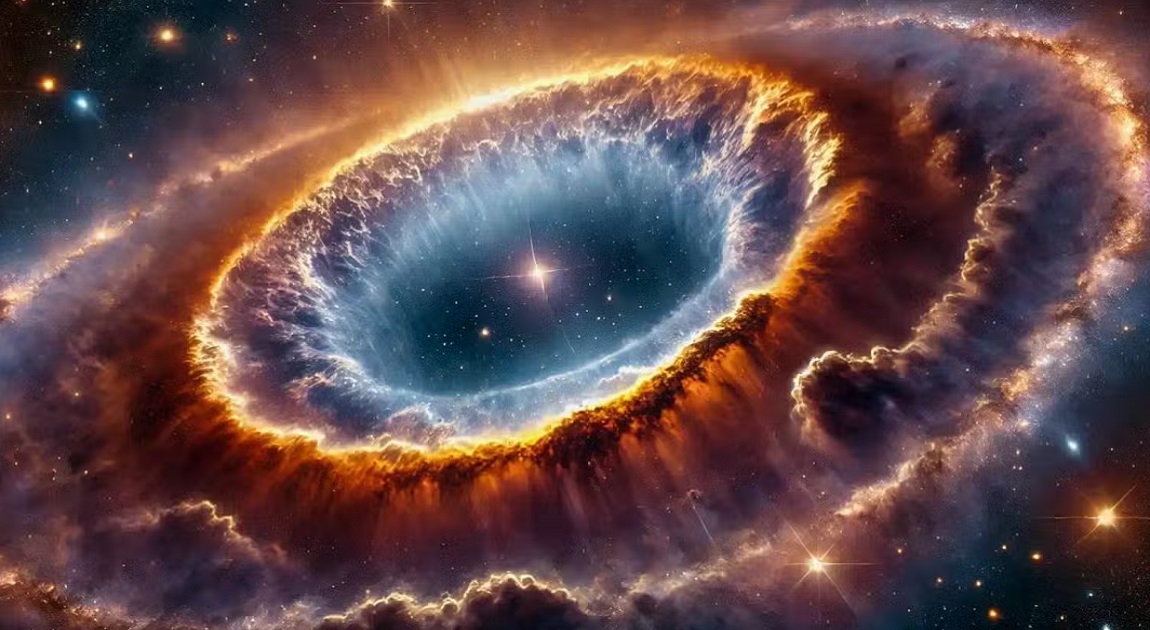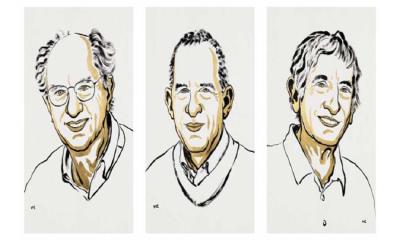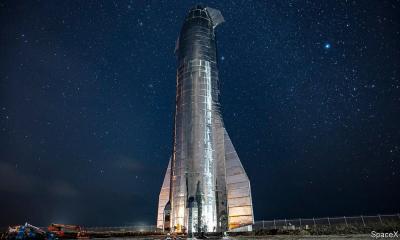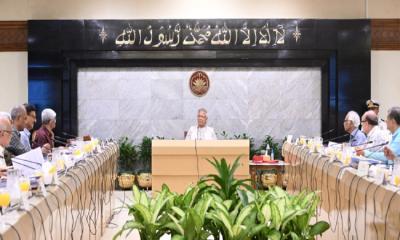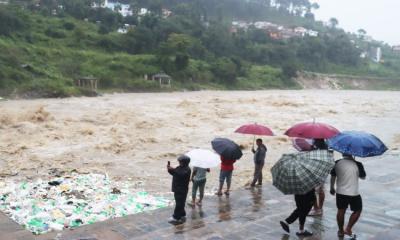Astronomers have uncovered evidence of a strange cosmic “tunnel” that may connect our solar system to other star systems, reshaping our understanding of the interstellar environment.
Researchers at the Max Planck Institute, using data from the eRosita X-ray telescope, reported their findings in the journal Astronomy & Astrophysics.
The study, led by Dr. L. L. Sala, suggests that our solar system lies within a vast region of hot, low-density plasma known as the Local Hot Bubble (LHB)—a structure formed by ancient supernova explosions about 300 light-years across.
The eRosita instrument, launched under the Spectrum-Roentgen-Gamma mission, mapped faint X-ray emissions from surrounding space, combining its results with earlier ROSAT survey data. This enabled astronomers to build a detailed map of hot gas, dust cavities, and interstellar structures.
Among the most striking findings is the detection of a channel of hot plasma stretching from our solar system toward the constellation Centaurus. Another similar pathway appears to extend in the direction of Canis Major, hinting at a network of interstellar channels linking star-forming regions and pockets of heated gas.
Although scientists have long speculated about such cavities, this is the first time detailed X-ray observations have provided evidence to support the theory. “We find the temperature of the LHB exhibits a north-south dichotomy at high latitudes,” said Dr. Sala, noting that the bubble may even be open in certain directions.
The research challenges the idea of space as “empty,” instead portraying it as a complex medium of dust, plasma, radiation, and magnetic fields shaped by millions of years of stellar explosions.
While astronomers now have a clearer picture of these interstellar tunnels, many questions remain. Future X-ray missions and refined models will be needed to understand how these channels formed and how they influence cosmic rays, stellar winds, and dust movement in our galactic neighborhood.
For now, the discovery underscores that even our “cosmic backyard” contains hidden structures waiting to be revealed—reminders of the dramatic supernova events that occurred long before humans existed.


